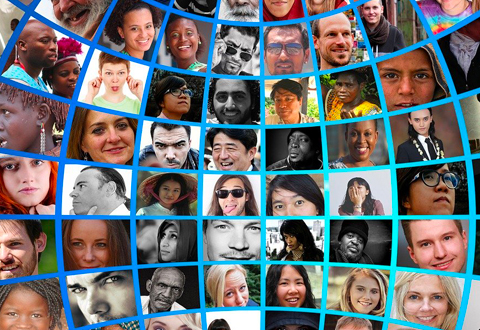What is World Hepatitis Day?

On July 28 every year, the World Health Organization (WHO) sponsors World Hepatitis Day, a global alert around viral hepatitis. Prevention, diagnosis and treatment are promoted through free hepatitis testing screenings, information campaigns, entertainment, media engagement and vaccination drives.
Why recognise World Hepatitis Day?
Millions of people worldwide are affected by viral hepatitis, with tens of thousands dying every year. Of greatest concern are hep B and hep C – two viruses that can become life-long chronic conditions, eventually leading to liver cirrhosis, liver cancer and, all too often, death. A significant percentage of people living with hep B or hep C are unaware they have it. Even where people know their status, hundreds of thousands are unable to access healthcare, treatment, or cure. World Hepatitis Day is an important event to highlight these issues and drive better outcomes.
Why is hepatitis still a problem?
Around the world, the toll on liver health and the number of deaths caused by hep B and hep C varies sharply from country to country. Some countries are much more able to address viral hepatitis for their people. Poorer outcomes are due to poverty, social inequalities, inadequate information, stigma and discrimination, struggling public health systems, ineffective government policy and/or the lack of political will. Despite advances in medicine and treatment, there is no single easy solution for eliminating hep B and hep C.
How does Australia compare?
Fortunately, in terms of elimination of viral hepatitis, Australia is one of the leading countries in the world. Australia has strong health policies, programs, campaigns, and services as part of an effective strategy to address viral hepatitis.
How is Australia addressing hepatitis C?
For hep C, all Australians over the age of 12 have access to effective and affordable direct acting antiviral (DAA) cures. Treatment is available through local doctors. There are services, such as Needle Syringe Programs, that help reduce risk of transmission. Community organisations and government agencies work to raise awareness of the cure and help people into and through treatment.
How is Australia’s strategy to address hepatitis B performing?
For hep B, while there is currently no cure, babies born in Australia are vaccinated against it; also, any adult who needs to be vaccinated can be. Testing is available and encouraged for anyone from an at-risk group. Should a person be found to be living with hep B they can have regular monitoring of their liver health, and, if required, treatment to manage their viral load.
What is the impact of hepatitis-related stigma and discrimination?
is doing well but there are still issues of stigma and discrimination which prevent or deter people from accessing testing and treatment. Many people remain unaware of the lifesaving treatment options available to them. Myths and misconceptions about transmission and treatment persist in some communities.
Are we ensuring equal access to health services and programs?
While health services are usually easily accessible for most people in the capital cities, that is not the case for regional and remote communities. Poverty and disadvantage significantly impact the ability of too many Australians to access services. The lack of Needle Syringe Programs in prisons leads to greater hep C infection and re-infection rates amongst prisoners. These areas, and others, need work if Australia is to succeed in eliminating viral hepatitis.
How is World Hepatitis Day observed in Australia?
Across Australia, the day is supported by many government agencies, non-government organisations, clinicians, researchers, and communities. They might hold events, education sessions, display banners or posters, or talk to the media. Hepatitis organisations, similar to Hepatitis NSW, exist in every state, territory and federally; World Hepatitis Day marks a particularly busy time of campaign work, and community and stakeholder engagement for us.
In addition to World Hepatitis Day, New South Wales holds Hepatitis Awareness Week over the seven days leading up to and including July 28. This is sponsored by NSW Health and allows community organisations, Local Health Districts (LHDs), and prison clinics across the state to highlight hep C and hep B oriented messages, services and events for their respective communities.
Unfortunately, for 2020, the COVID-19 pandemic will overshadow World Hepatitis Day and NSW Hepatitis Awareness Week. At this stage we cannot say for certain which events or campaigns and services will be promoted in late July. Keep an eye on our social media, events calendar and The Champion for regular updates.
A final thought
Viral hepatitis exists year in, year out, and World Hepatitis Day itself isn’t going to be a cure-all, nor is it meant to be. July 28 acts as a focus for international and local efforts in elimination – to applaud the successes, to highlight existing need, and advocate for changes.
Hep facts
|






